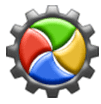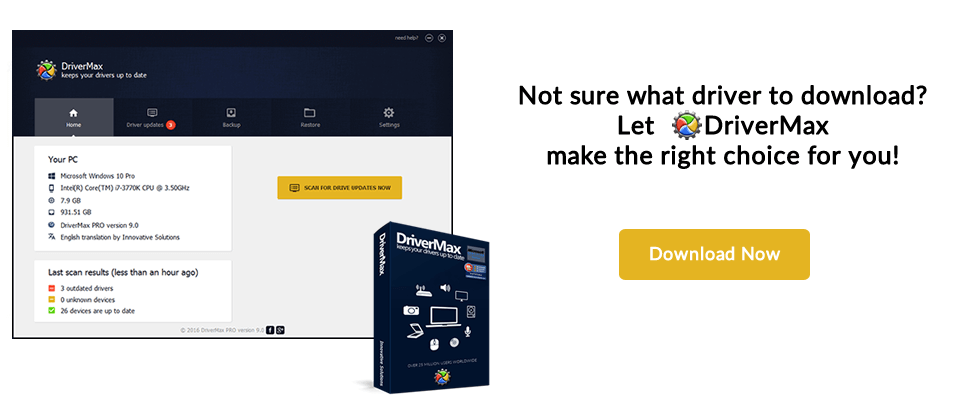
Advertising seems to be blocked by your browser.
The ads help us provide this software and web site to you for free.
Please support our project by allowing our site to show ads.
ISDN Driver Manufactures
| AGFEO GmbH & Co. KG | Auerswald GmbH & Co. KG | Billion Electric Co., Ltd. |
| Siemens Enterprise Communications GmbH & Co. KG | Trust | Unify GmbH & Co. KG |
Description extracted from Wikipedia:
ISDN|other uses IPstack thumb|ISDN telephone Integrated Services Digital Network ISDN ) is a set of communication standards for simultaneous digital transmission of voice, video, data, and other network services over the digitalised circuits of the public switched telephone network. Work on the standard began in 1980 at Bell Labs and was formally standardized in 1988 in the CCITT "Red Book". By the time the standard was released, newer networking system with much greater speeds were available, and ISDN saw relatively little uptake in the wider market. One estimate suggests ISDN use peaked at a worldwide total of 25 million subscribers at a time when 1.3 billion analog lines were in useISDN has largely been replaced with digital subscriber line (DSL) systems of much higher performance. Prior to ISDN, the telephone system consisted of digital links like T1/E1 on the long-distance lines between telephone company offices and analog signals on copper telephone wires to the customers, the "last mile". At the time, the network was viewed as a way to transport voice, with some special services available for data using additional equipment like modems or by providing a T1 on the customer's location. What became ISDN started as an effort to digitize the last mile, originally under the name "Public Switched Digital Capacity" (PSDC)This would allow call routing to be completed in an all-digital system, while also offering a separate data line. The Basic Rate Interface, or BRI, is the standard last-mile connection in the ISDN system, offering two 64 kbit/s "bearer" lines and a single 16 kbit/s "delta" channel for commands and data. Although ISDN found a number of niche roles and some wider uptake in specific locales, the system was largely ignored and garnered the industry nickname "innovation subscribers didn't need.It found a use for a time for small-office digital connection, using the voice lines for data at 64 kbit/s, sometimes "bonded" to 128 kbit/s, but the introduction of 56 kbit/s modems undercut its value in many roles. It also found use in videoconference systems, where the direct end-to-end connection was desirable. The H.320 standard was designed around its 64 kbit/s data rate. The underlying ISDN concepts found wider use as a replacement for the T1/E1 lines it was originally intended to extend, roughly doubling the performance of those lines.


